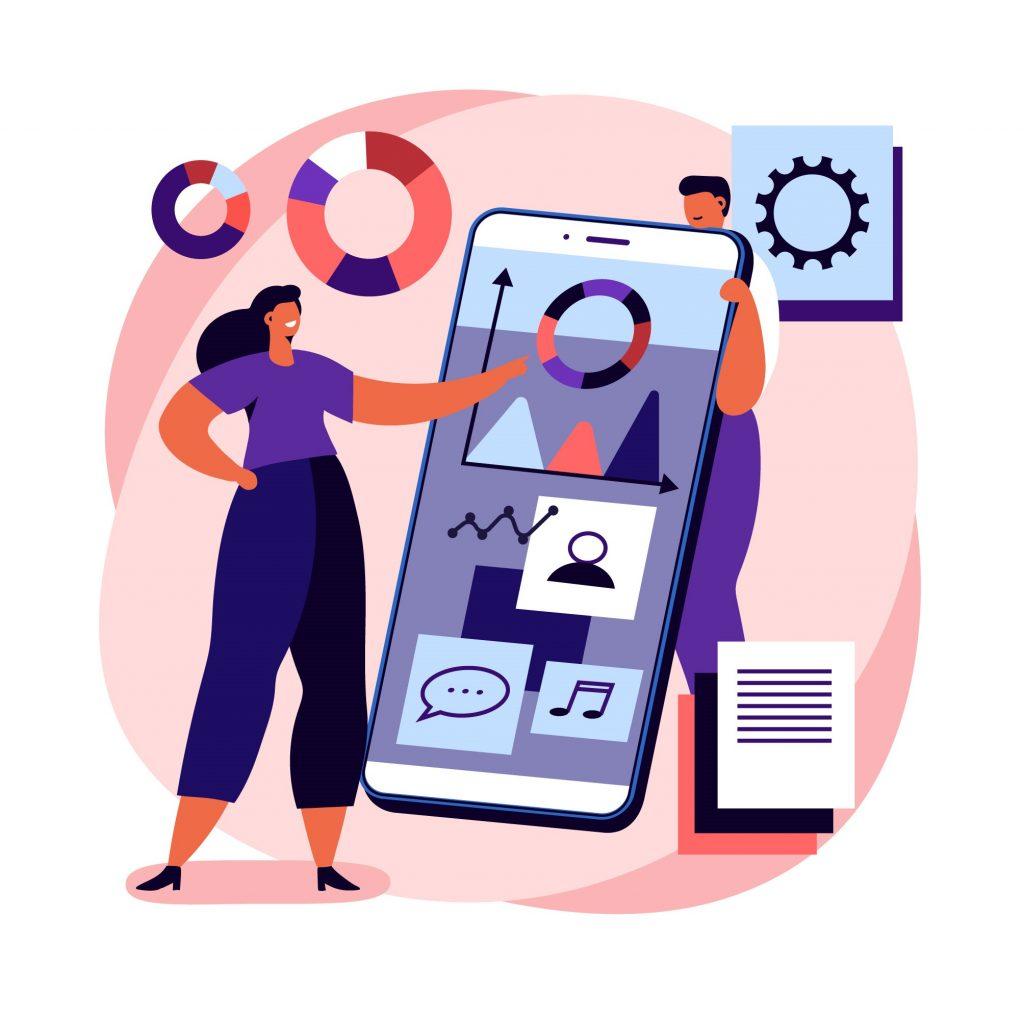
5 Steps to Create Quality Training for Restaurant Employees

Sales and service are inseparable in the restaurant business. Nothing can be sold without quality service, and if there are no sails, there won’t be any service at all. Furthermore, according to the 2019 Toast report, 51% of restaurateurs considered recruiting one of the top challenges they faced. Another 35% of respondents considered learning a difficult task.
Introducing employees to ways how a restaurant operates, starting from the schedule and up to the POS system, can be really tricky. This aspect requires close attention, as restaurant employees are the link between the company and customers.
The last thing one wants to deal with after recruiting is employee turnover resulting from insufficient or poor-quality training.
So how do you provide quality learning?
1. Creating a comprehensive training plan
Start with a manual for all your employees. It may include:
- Restaurant history
- Mission and vision
- Work etiquette and dress code
- Kitchen safety and hygiene standards
- Emergency procedures
- Payments, tips, interest, benefits system
The training plan should also include:
- list of goals and expectations for each position so that employees can tailor their work accordingly;
- familiarization with the menu and the most popular dishes. Employees must know all the dishes and their compositions. This applies to both regular and seasonal menus. Explain which items on the menu are the most profitable, which wines are best combined, what drinks to recommend for meat or fish, etc.;
- restaurant layout, table numbers, and serving recommendations. Teach employees how to properly speak about the menu and serve it. Many guests will rely on the waiter’s opinion. In this manner, the more waiting staff knows about the menu and combination of dishes, the better they will be at doing their job;
- dedicated lessons with scripts and examples of greetings and business tone. Each person’s personality and character traits will indeed affect their approach to clients. However, giving them general recommendations is a must;
- instructions on working with the POS terminal and other tools that will be used daily.
Restaurant training programs in 2022 look different than before. Despite online learning offering nothing new, many companies shifted their focus to using online platforms to train restaurant staff.
Instead of relying solely on online or in-person learning, mixed learning is more commonly used to create a more effective program. For example, it is best to show how a POS terminal, a coffee machine, or kitchen equipment works in person. At the same time, theory can be taught online.
If you want to embroider online learning in your program, make sure you choose the right platform. There are many well-known platforms on the market, like AcademyOcean, Moodle, etc.
Jerry Legg, Director of Operations and Training at Sonic Drive-In, recommends asking yourself the following questions before making a final decision:
- Do you need interactive lessons?
- Will you have 1-on-1 training?
- Will you have a group of training experts?
According to Legg, they increased training by 270%. Speaking of numbers, there were around 403,000 completed online learning modules in the first half of 2021.
2. Guide and monitor
Staff training doesn’t end with courses. Experienced employees or department heads must continue to monitor the newcomers and guide them in their work. This will help ensure newcomers use their new skills and knowledge.
Small restaurants may lack the personnel to pair a novice with an experienced employee. But a sole experienced leader can guide a group of beginners. This will save time while ensuring effective management and guidance.
3. Implement employee career paths and upskilling
The opportunity to move up the career ladder and improve their skills encourages employees to learn and perform their duties better. It gives a feeling of progression to them.
It will also help reduce staff turnover. A person is more likely to stay in your restaurant if they can develop and get high-paying positions.
Create additional upskilling opportunities. For example, waiter staff can learn the role of a bartender. In this case, if you have a small restaurant, a waiter or waitress will replace a bartender if they take sick leave or vacation. Thus, you won’t need to look for and hire a second bartender.
As a result, people become highly motivated and productive employees. The restaurant industry is extremely demanding. To be the best, your staff must be attentive to the guests and always show originality and professionalism.
4. Employee performance evaluation
Regularly conduct performance assessments. This allows you to evaluate the attitude of employees to work, their effectiveness, strengths, and weaknesses.
For example, you can ask customers to leave a short comment about the communication, food, and quality of service after they finish their meal. You can also ask supervisors to provide regular reports on employee performance.
Moreover, you can conduct surveys and assess the skills and knowledge of your employees right on the LMS platform.
Also, don’t forget to collect the employee’s feedback on training materials. By getting their opinion, you will understand how good the training materials are and get an idea of why some things worked while others didn’t. Something may need to be improved or added.
5. Encourage employees
There is always an element of gamification in LMS learning. But besides this, you can also encourage your employees with offline methods. For example, you can create an “Employee of the month” reward system. Such practices truly help boost employee morale.
Wrapping up
Take your restaurant to the next level and freely compete in the fast-paced job market. Training and retaining new employees requires strictly following the pre-planned program.
Considering such a competitive hiring market, bolstering your training program and using cutting-edge technology is more important than ever. Remember that you are not just training your employees but demonstrating that your restaurant is a great place for them to learn and grow.

Kaitlin Keefer
Kaitlin is an editor at Square where she covers everything from how small businesses can start, run, and grow, to how enterprise companies can use tools and data to become industry leaders.




